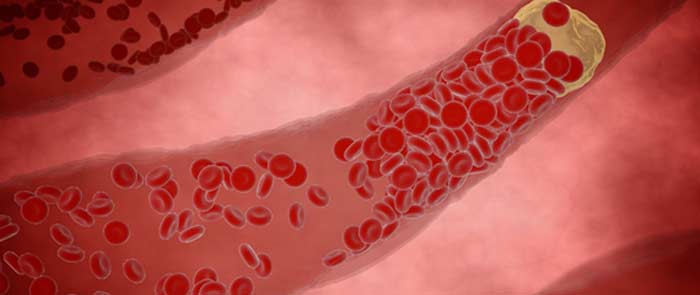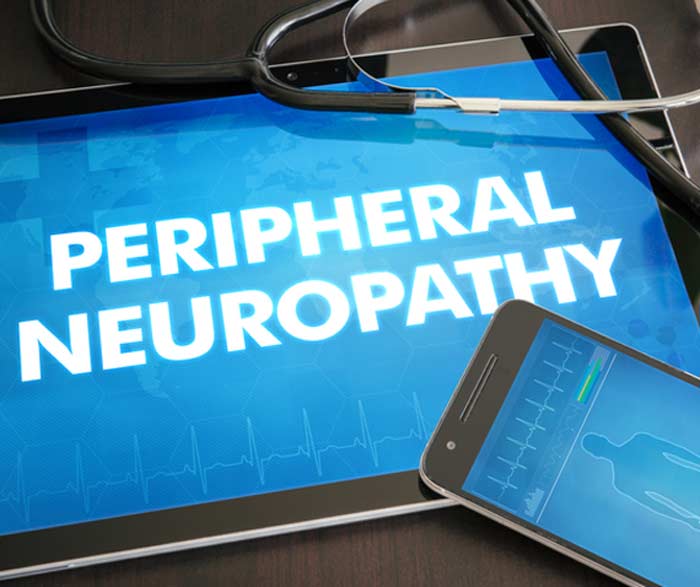
Peripheral neuropathy occurs when the peripheral nerves experience damage.
Peripheral neuropathy can affect many areas of the body, but it is most common in the feet and hands. The peripheral nervous system takes information from the spinal cord and brain and sends it to other areas of the body.
Causes
This condition can result of several factors and there are numerous neuropathy types. These include:
- Alcoholism
- Diabetes
- Medications
- Inherited disorders
- Tumors
- Autoimmune diseases
- Poison exposure
- Infections
- Pressure on the nerve or trauma
- Certain vitamin deficiencies, such as E, B vitamins and niacin
- Bone marrow disorders


Symptoms
The nerves that are affected determine the symptoms that someone experiences. The nerves are classified in the following ways:
- Motor nerves
- Sensory nerves
- Autonomic nerves
The symptoms may include:
- Gradual prickling, numbness or tingling in the extremities
- Extreme sensitivity to touch
- Jabbing, freezing, sharp, throbbing or burning pain
- Muscle paralysis or weakness if there is motor nerve involvement
Additional symptoms may occur if the autonomic nerves are impacted. These may include:
- Altered sweating and heat intolerance
- Lightheadedness and dizziness due to blood pressure changes
- Bladder, digestive or bowel problems
When this condition changes sensation due to numbness, it can put people at risk for certain complications. These may include:
- An increased risk of infection
- Higher risk of skin trauma
- Increased likelihood of experiencing burns
- Increased risk of falls
Diagnosis
The diagnostic process not only involves diagnosing peripheral neuropathy, but also the underlying condition that is contributing to it. The process typically starts with a physical examination. This includes learning about the patient’s lifestyle and medical history to look for possible underlying conditions.
The next step is a neurological examination. This involves looking at the patient’s tendon reflexes, their ability to feel sensation, their coordination, their muscle tone and strength and their posture.
The following are additional tests that doctors might recommend during the diagnostic process:
- Blood testing
- Nerve function tests
- Nerve biopsy
- Imaging studies
- Other nerve function tests, such as sensory testing
- Skin biopsy
Treatment
Treatment includes alleviating the patient’s symptoms and treating the underlying condition. The treatments for the underlying condition will depend on what it is. For the pain associated with this condition, doctors might recommend:
- Pain relieving medications of varying strengths, depending on the severity of the pain the patient is experiencing
- Topical treatments, such as lidocaine patches and capsaicin cream, to help reduce pain in specific areas
- Antiseizure drugs to alleviate nerve pain
- Antidepressant medications to help with the nerve-related pain
Some patients might benefit from transcutaneous electrical nerve stimulation. This delivers electric currents via the skin to help reduce the sensation of pain.
Physical therapy might be helpful, especially for patients who are experiencing muscle weakness. This type of therapy may also involve the use of assistive devices.
If an inflammatory condition is a contributing factor, intravenous immune globulin or plasma exchange might be helpful.
Peripheral neuropathy can be an uncomfortable condition. It is important to get a prompt diagnosis to determine the cause and get treatment started.
